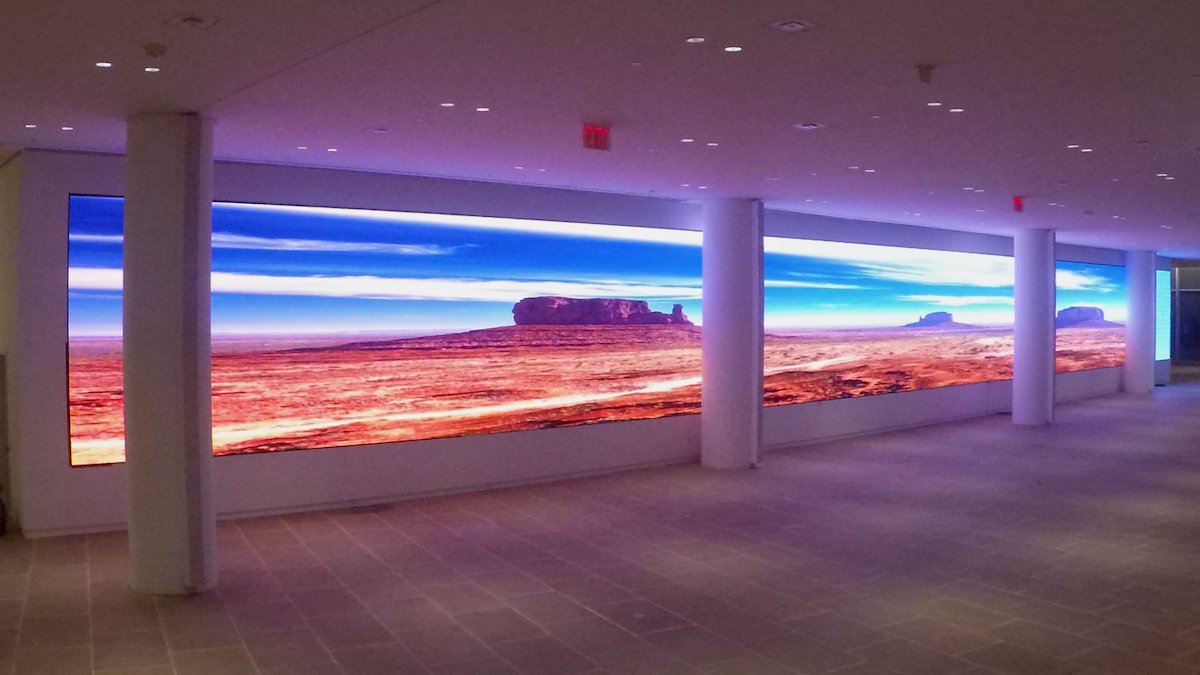Effective Strategies for Addressing Overheating Challenges in Light Emitting Diode Wall Screens
Wiki Article
Light Emitting Diode panel panels are progressively common for various uses, such as advertising, events, and electronic displays. However, excess heat is a major challenge that can impact their performance and lifespan. When LED screens overheat, they may dim, hue shift, or even malfunction entirely. Grasping the reasons and applying efficient strategies to control heat can assist preserve the optimal function of LED panel screens. This piece will discuss several strategies to tackle excess heat issues associated with these devices.
One powerful strategy for preventing overheating in LED wall panels is ensuring proper airflow. It is crucial to install these panels in environments where air circulation is sufficient. This can be achieved by placing the panels in a well-ventilated area or using fans to enhance airflow around the units. Additionally, if the panels are mounted in a tight area, establishing gaps or implementing air ducts can help dissipate heat more effectively. Maintaining a cooler ambient heat level is vital, as it immediately affects the function and durability of LED wall panels.
Another way to combat overheating is through the use of heat management materials. These materials can help absorb, disperse, or deflect heat away from the LED elements. Thermal sinks are commonly used in many electronic devices, including LED panels. These metal elements pull heat away from the LED components, permitting them to operate at a safer temperature. Additionally, heat-conducting compound or pads can be applied to improve heat transfer between the LED elements and the thermal sinks, further enhancing their cooling efficiency.

Routine maintenance and monitoring of LED wall panels also play a vital role in preventing overheating. Dust and debris can accumulate on the surfaces of these panels, obstructing airflow and trapping heat. Regular cleaning, using appropriate tools, will keep the panels free from blockages. Furthermore, tracking the heat level of the screens can help detect excess heat check out here problems before they become critical. Using heat monitors can provide important information, enabling users to take remedial steps if the screens start to go over secure functioning temperatures.
The use of advanced technology can also help address overheating challenges in LED wall panels. Many contemporary LED panels come equipped with built-in thermal management systems. These systems can automatically modify the brightness of the screen based on the heat level, reducing heat generation when necessary. Additionally, software solutions can monitor the performance of the screens and provide notifications if excess heat is identified. Using these tools can significantly enhance the longevity and reliability of LED panel screens.
In summary, controlling excess heat in LED wall panels is crucial for guaranteeing their functionality and durability. Applying strategies such as ensuring proper airflow, using heat control substances, conducting regular maintenance, and employing cutting-edge tools can help mitigate overheating challenges. By implementing these preventive measures, users can enjoy the full benefits of LED panel screens while minimizing the risk of heat-related issues. This method not only improves the performance of the panels but also contributes to a much eco-friendly and effective use of technology in multiple applications.